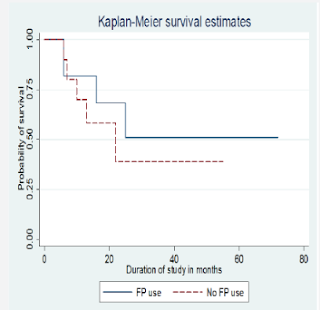Adverse Outcomes of Pregnancy in South African Women-Juniper Publishers-Global Journal of Reproductive Medicine

JUNIPER PUBLISHERS-GLOBAL JOURNAL OF REPRODUCTIVE MEDICINE Adverse Outcomes of Pregnancy in South African Women Authored by Zeleke Worku This paper is a result of a 6-year long follow-up study that was conducted in the City of Tshwane, South Africa in order to assess the impact of underutilization of modern family planning methods on adverse outcomes of pregnancy in women of the childbearing age of 15 to 49 years. The Cox Proportional Hazards Model was used for estimating hazard ratios. Multilevel analysis was used for estimating variability in the utilization of modern family planning methods at service delivery wards and health service facilities. The study showed that women who experienced adverse outcomes of pregnancy were characterized by poor utilization of reproductive health and modern family planning services. The percentage of women who regularly used modern family planning methods such as condoms, pills, injections, intra-uterine devices and sterilization wa
